There is a vast diversity of flowers existing o Earth. Each of the flowers has its beauty with a unique color and essence. Also, the floral nectar is something that attracts tiny insects to fill up their thirst and stomach. But did you know there are other ways, floral nectar is important? A Flower With Blood-Colored Nectar
It is rich in chemical substances. Also, it helps in carrying out the pollination. But have you ever wondered about the fact that the color of nectar can also make a difference in its usage and importance? In Mauritius, there is a flower having red-cloured nectar. It is due to this reason the flower is unique to all other floral species. In this article, we will learn more about this amazing floral species.
About Nesocodon Mauritius.
This floral species was originally investigated in 1976. It is considered to have a relation with the family Campanulaceae. The Nesocodon species has its main habitat in Mauritius over the unapproachable bluffs lying in proximity to the great waterfall Cascade at Cinq Cents Pied-2 region. A Flower With Blood-Colored Nectar
Moreover, this species was the only one of its kind found till 1997. Nearly 110-150 plants were counted overall to have existed in that area during that specific year. It is due to this reason, N. Mauritius is known to be the endangered floral species of Mauritius.
Experimentation with nectar.
To learn more about the characteristics of this blood-colored nectar, an experiment was carried out by some scientists. They grew N. Mauritius through vegetative propagation. After obtaining the flower, the nectar was revealed under lab instruments. The findings included high pH conditions i.e, 9.2 under normal terms. On placing the nectar in acidic conditions, a color change from red to yellow took place. This showed the antibacterial activity of nectar.
Further, the same nectar was investigated under proton NMR spectroscopy. With this, the red pigment was noticed to be the temperature-sensitive aurone. The yellow-colored substance present in nectar was a light-subtle 3-glucosylated flavonol with similar B-ring substitutions.
Pollinating aspects.
N. Mauritius was initially supposed to have been cross-pollinated by birds. But as per some recent observations, Phelsuma ornate was only the ideal pollinator of this floral species. The main bird to absorb its nectar is known to be a red-whiskered bulbul (Pycnonotus costs).
More about pigment.
The red and yellow colored pigment was an anthocyanine comprising delphinidin as aglycon. All of such pigments were produced as a result of the biosynthesis of flavonoids. It contained nearly 22-24% w/w hexose-rich sugar moieties.
Even though none of the specified smell of the flower was observed but some components like hexanol, 2-hexenal, and hexanal were obtained from the petals and sepals of this flower. This extraction was carried out by many scientists using gas-chromatography-mass-spectrometry to observe the different characteristics of the flower.
Further observations.
The Mauritius flowers were examined for their plasma-colored nectar. In all respects, they found it the same as that in Trochetia blackburniana. This floral species belonged to the family Sterculiaceae. Another flower to attain this character is Trochetia boutoniana. But the sugar content in both these new findings was different than that of Nesocodon. For instance, the aurone and sugar content in Trochetia blackburniana was nearly 25-28%.
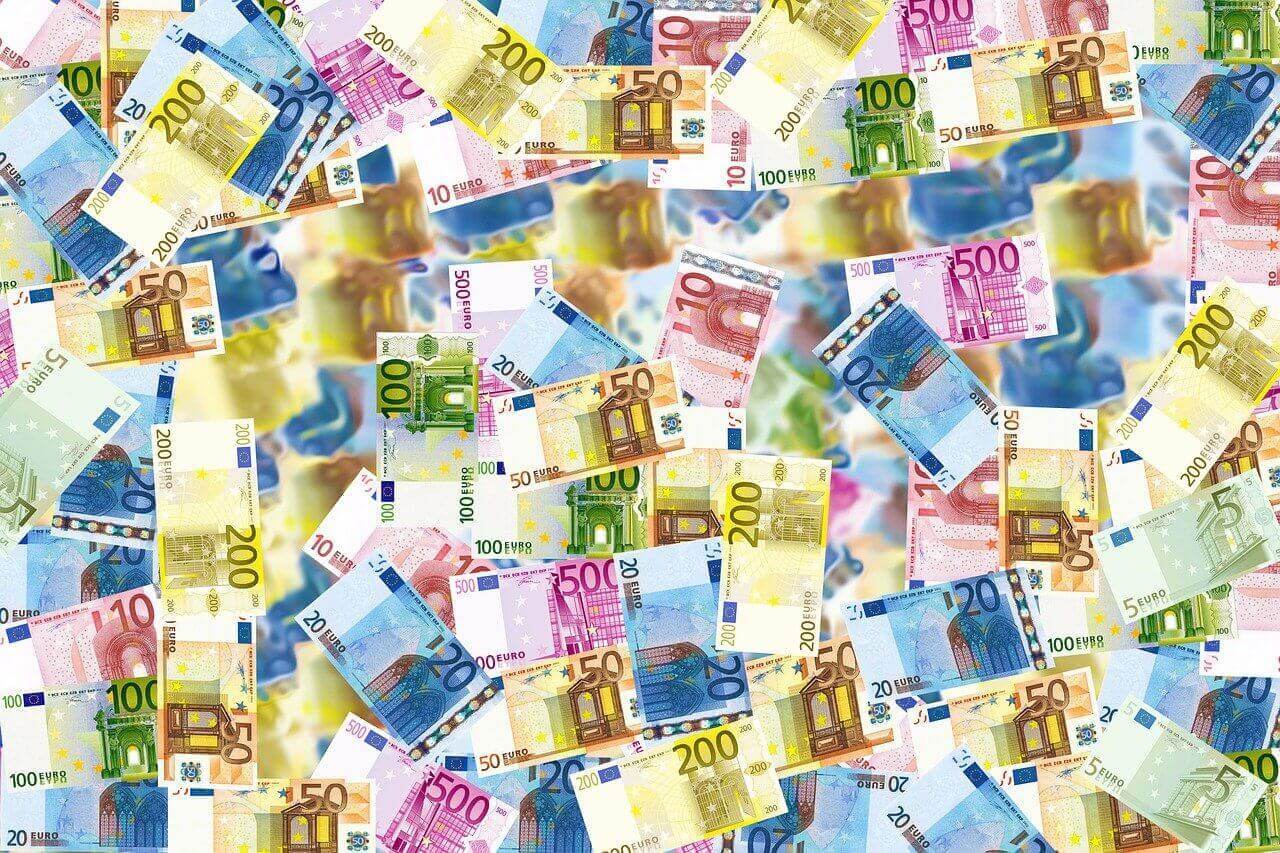



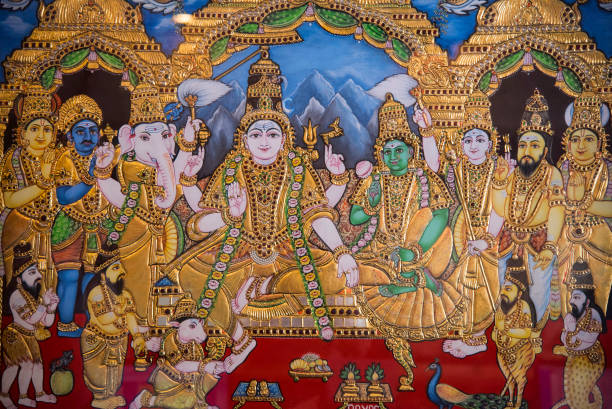
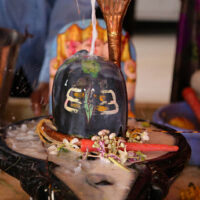
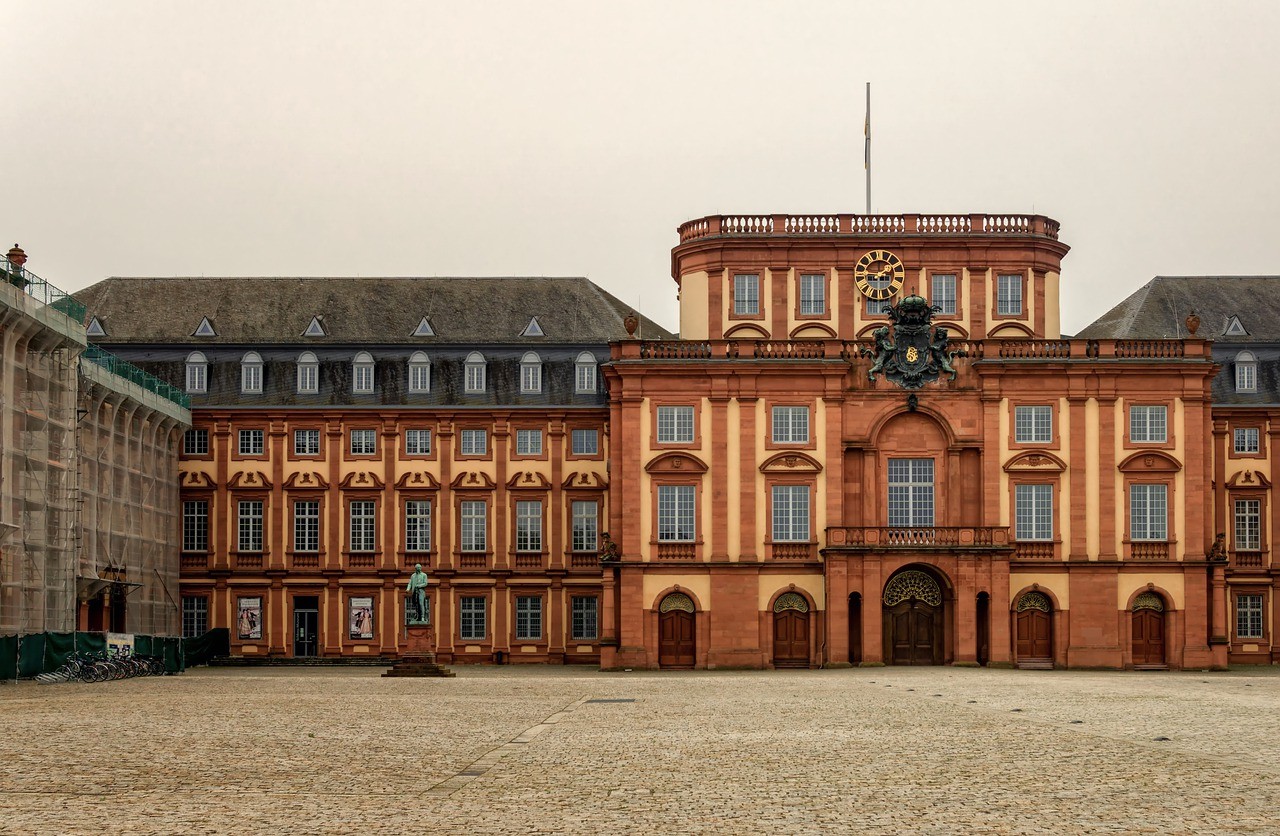



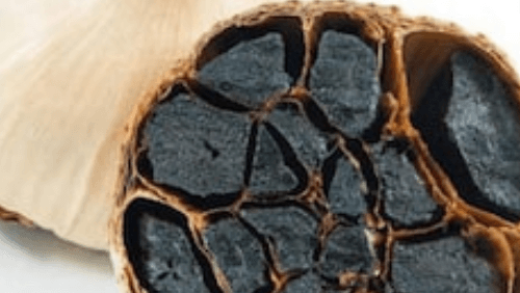

Amazing!!! Get to know some new things after reading this article…